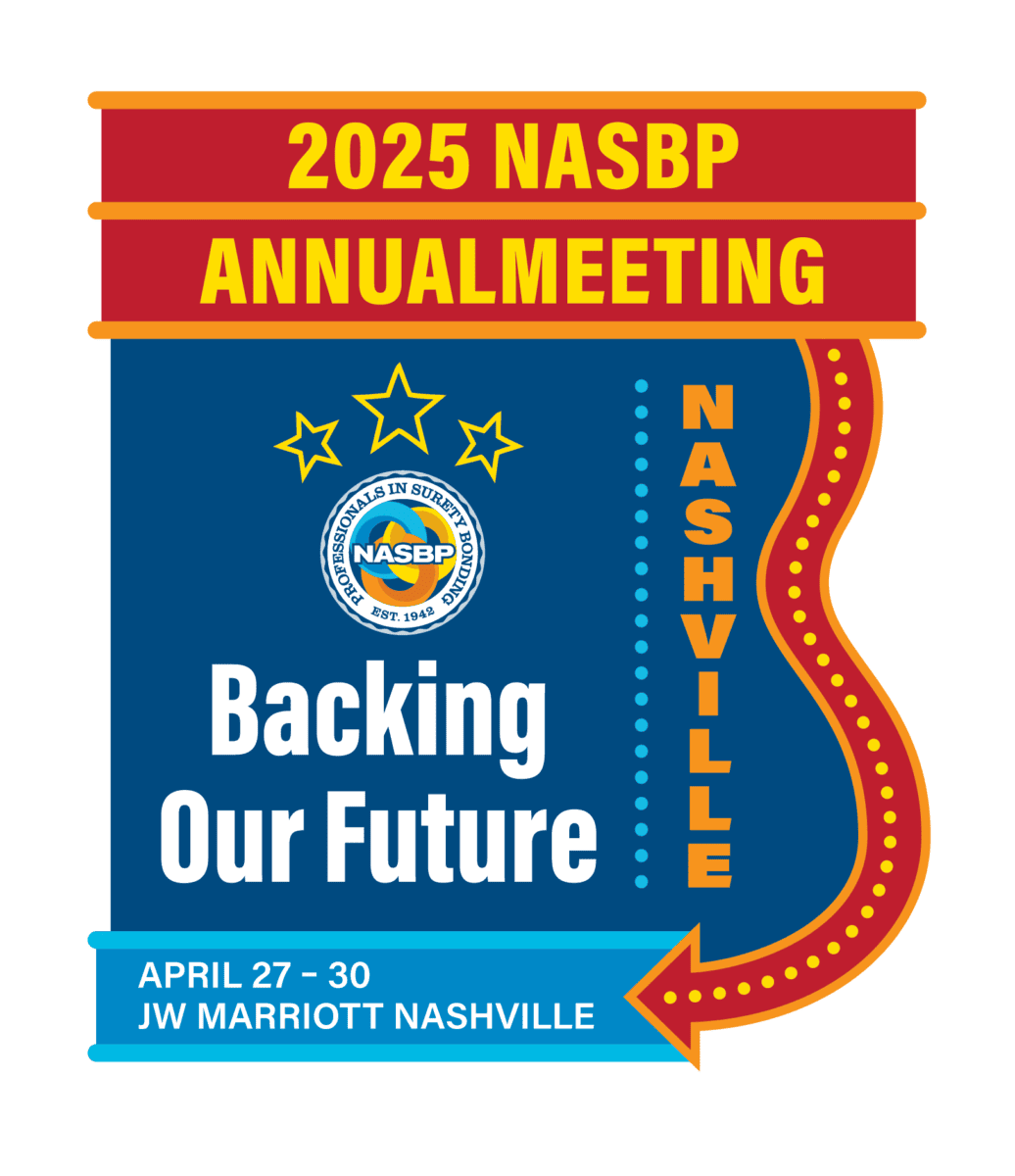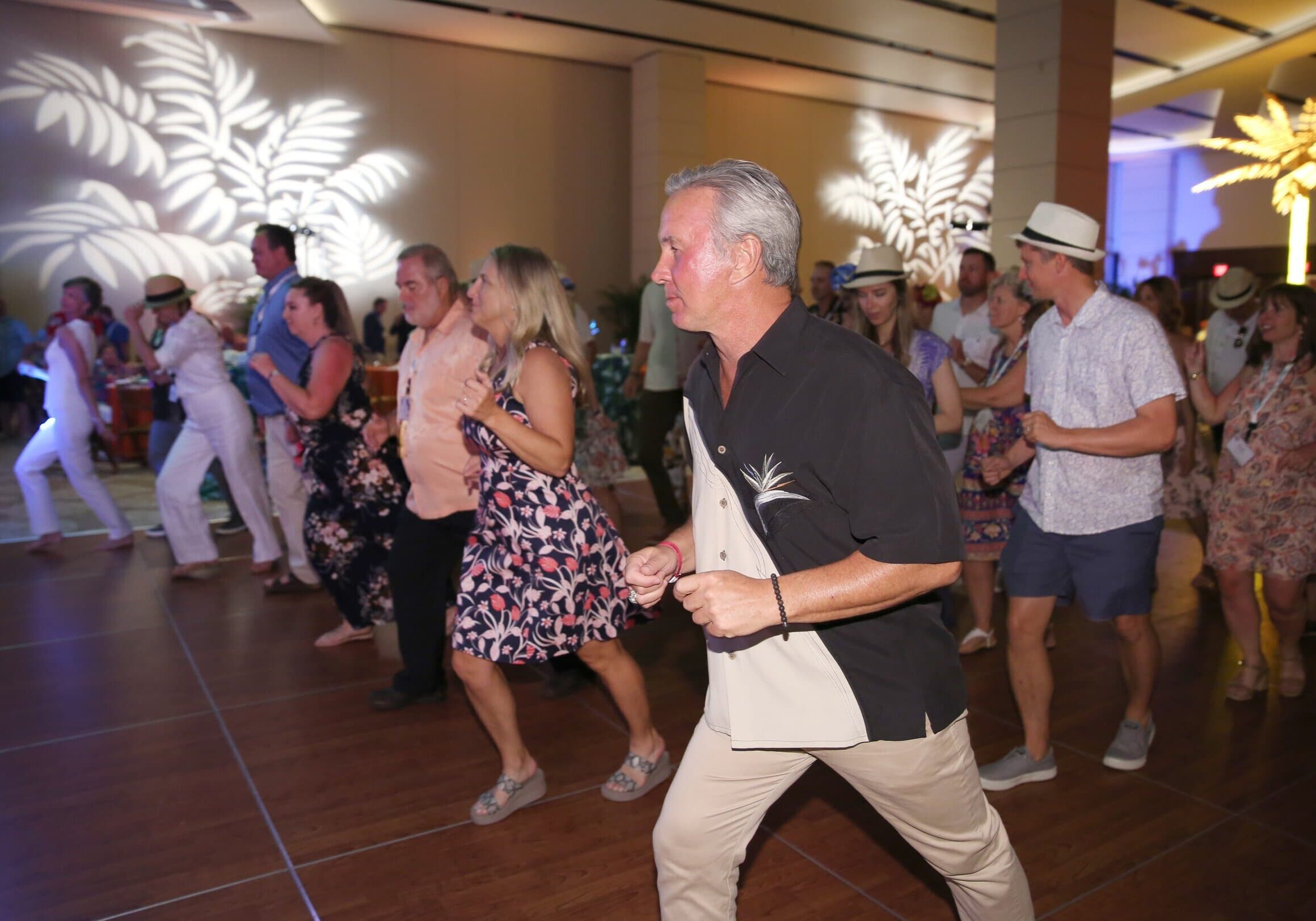
Court: Performance Bond Surety Not Liable for Third-Party Claims
One of the more interesting wonders of the judicial process is the ingenuity of attorneys, with their herculean efforts to expand the boundaries of known liability. Sureties are well aware of this phenomenon, as there are myriad cases out there in which obligees and various claimants seek to recover under bonds by use of creative, if usually non-viable, theories of liability.
A good example of this phenomenon is a recent case out of Providence County (Rhode Island) Superior Court, Apex Development Co. v. State of Rhode Island Department of Transportation v. S&R/Pihl, Western Surety Co., and Insurance Co. of the State of Pennsylvania, 2021 R.I. Super. LEXIS 28 (R.I. Super. Ct. Mar. 27, 2021). In this case the court found that neither the contract nor the bond required the sureties to indemnify the Rhode Island Department of Transportation (RIDOT) or be liable for third-party claims.
The matter arose out of a dispute between Apex Development Company (Apex) and RIDOT over the reconstruction of a bridge. In 2010 RIDOT and S&R/Pihl entered into a contract for replacement of the bridge, with work related to the reconstruction of a surrounding road and bridge infrastructure. Pursuant to the contract, S&R/Pihl was required to obtain a performance bond (Bond), which was issued by Western Surety Company and Insurance Company of the State of Pennsylvania (together, Sureties) in the penal sum of $80,663.537.70. Notably, the Bond did not contain any language regarding the Sureties’ duty to potentially indemnify or insure RIDOT against third-party claims by tort claimants.
To help complete the contract, the State condemned certain private property and obtained easements over property owned by Apex. Pursuant to the terms of the contract, S&R/Pihl was prohibited from using any private property without obtaining prior permission from the property owner; however, S&R allegedly trespassed on Apex’s property during the performance of the project and until the project was completed on March 7, 2014. The State informed S&R/Pihl by letter, dated October 26, 2011, that it was allegedly trespassing on Apex’s property and directed S&R/Pihl to cease and desist any trespassing.
Apex then sued RIDOT, claiming that S&R/Pihl’s unauthorized use of Apex’s property throughout the construction project amounted to a continuous trespass that allegedly caused damages. RIDOT then filed a third-party complaint on November 26, 2019, claiming that, if it were found liable to Apex, it would be entitled to indemnification from S&R/Pihl as well as the Sureties because RIDOT was an obligee on the Bond issued by the Sureties to S&R/Pihl. The Sureties then filed a motion for summary judgment on November 24, 2020.
In their motion for summary judgment, the Sureties contended that the Bond only guaranteed performance of the work and that the Bond did not extend the scope of the Sureties’ liability to cover tortious acts of others. They further argued that expanding the scope of surety liability would lead to bad public policy and deter sureties from issuing bonds on public projects in Rhode Island.
RIDOT countered the Sureties’ position, contending that the plain language of the Bond required the Sureties to indemnify the State. RIDOT argued that the Sureties were not entitled to summary judgment because the Bond is subject to the terms and conditions of the contract between the State and S&R/Pihl, which requires the Sureties to defend and indemnify the State from any claims.
The court granted the Sureties’ motion for summary judgment, holding that the Sureties were not liable under the Bond. The court observed that Rhode Island law is clear that the extent of a surety’s liability on a performance bond is governed by the terms of the bond. In its analysis the court quoted liberally from the multi-volume treatise, Bruner and O’Connor on Construction Law (Bruner). This treatise is cited in many federal and state court opinions as an authoritative resource on construction law.
The court noted the critical tenet that “suretyship is not insurance.” Pearlman v. Reliance Insurance Co., 371 U.S. 132, 140 n.19 (1962). After citing Pearlman, the court, relying on Bruner, quoted as follows: “Suretyship involves an extension of standby credit by which the surety guarantees the principal’s performance of its contractual undertaking.” The court further quoted from Bruner that “the most favored theory utilized to seek performance bond protection by parties not expressly named as obligee is that of ‘third-party beneficiary.’ Under this theory, a party proven to be an intended beneficiary of the surety’s performance guarantee is entitled to protection of the performance bond.” Examining the flaw in this theory, with regard to performance bonds, the court continued to quote from Bruner as follows, in language that I find quite satisfying:
“Such third-party arguments, however, overlook the fundamental proposition that the performance bond is intended specifically to protect the named obligee against the risk of contract nonperformance, and is not intended to offer financial balm to the hurts of everyone involved with the construction project. . . . For these and other reasons, most modern performance bonds expressly provide that only the named obligee has a right of action on the bond, and such provisions are routinely upheld.”
The court determined that neither the contract nor the Bond required the Sureties to indemnify the State or be liable for third-party claims. The court found that the contract only required the contractor to complete performance of the contract and to pay for all materials, equipment, and wages for the project. The default conditions that would trigger the Sureties’ duties do not, the court opined, include torts such as trespass, “but rather focus on non-performance of the Contract.” The court additionally found that the scope of the Sureties’ obligation to perform ended at substantial completion, which occurred sometime between September 2013 and June 2014.
Thus, the motion for summary judgment of the third-party defendants—the Sureties—was granted. And the scope of the surety’s liability was, once again, kept within its intended and proper bounds.
The author of this article is Martha Perkins, General Counsel at NASBP. She can be reached at mperkins@nasbp.org or 240.200.1270.
This article is provided to NASBP members, affiliates, and associates solely for educational and informational purposes. It is not to be considered the rendering of legal advice in specific cases or to create a lawyer-client relationship. Readers are responsible for obtaining legal advice from their own counsels, and should not act upon any information contained in this article without such advice.
Get Important Surety Industry News & Info
Keep up with the latest industry news and NASBP programs, events, and activities by subscribing to NASBP Smartbrief.





